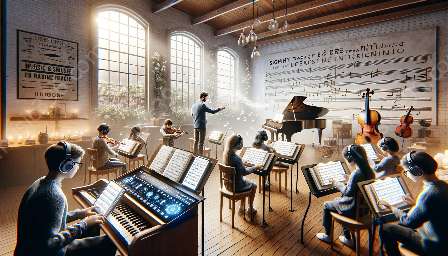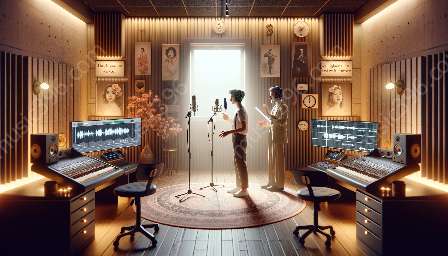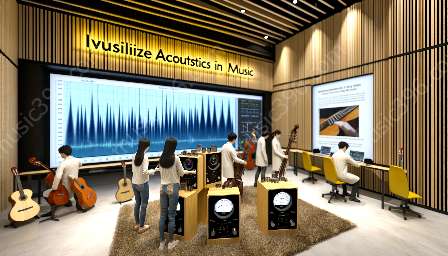Learning to play the piano is a rewarding journey that can be filled with both challenges and triumphs. As a piano teacher or enthusiast, understanding and addressing the learning differences in piano students is crucial to providing effective and inclusive piano pedagogy. This topic cluster explores the diverse learning styles in piano students and offers valuable insights into how to create a supportive and engaging learning environment within the context of music education.
The Importance of Understanding Learning Differences in Piano Students
It is widely recognized that individuals have unique ways of processing and retaining information, and this holds true for piano students as well. Some students may be visual learners, while others are auditory or kinesthetic learners. Additionally, learning differences such as dyslexia, ADHD, or autism can significantly impact a student's ability to learn and excel in a traditional piano learning environment. By understanding and addressing these differences, piano teachers can tailor their methods to accommodate diverse learning styles and provide an enriching experience for all students.
Building a Supportive Learning Environment
Creating a supportive learning environment is essential for facilitating growth and progress in piano students with varying learning differences. One effective approach is to incorporate multisensory teaching techniques, which engage multiple senses to reinforce learning. For example, using visual aids, verbal instructions, and hands-on demonstrations can benefit students with different learning preferences. In addition, establishing clear communication channels with students and their parents can help identify individual needs and adapt teaching strategies accordingly.
Effective Strategies for Addressing Learning Differences
When addressing learning differences in piano students, it's important to employ a range of strategies that cater to diverse needs. For visual learners, providing color-coded notation or visual aids can enhance comprehension. Auditory learners may benefit from emphasizing listening and audio-based exercises, while kinesthetic learners thrive when given opportunities for tactile engagement, such as learning through touch and movement. Furthermore, incorporating technology, such as interactive learning apps or specialized software, can offer personalized support for students with specific learning challenges.
Embracing Inclusivity in Piano Pedagogy
Embracing inclusivity in piano pedagogy involves recognizing that every student has unique strengths and areas for growth. By fostering a culture of understanding and empathy, piano teachers can instill confidence and a sense of belonging in their students. It's important to celebrate individual progress and achievements while being attentive to the evolving needs of each student. Providing a safe and non-judgmental space for students to express themselves through music can be transformative for students with learning differences.
The Role of Music Education in Supporting Diverse Learners
Music education plays a vital role in supporting diverse learners by advocating for inclusive practices and adapting teaching methodologies. Educators and institutions can offer professional development opportunities to equip piano teachers with the knowledge and tools to effectively address learning differences. Collaborative partnerships between music educators and special education professionals can further enhance the support system for students with diverse learning needs, ensuring that all students have the opportunity to thrive in their musical pursuits.















